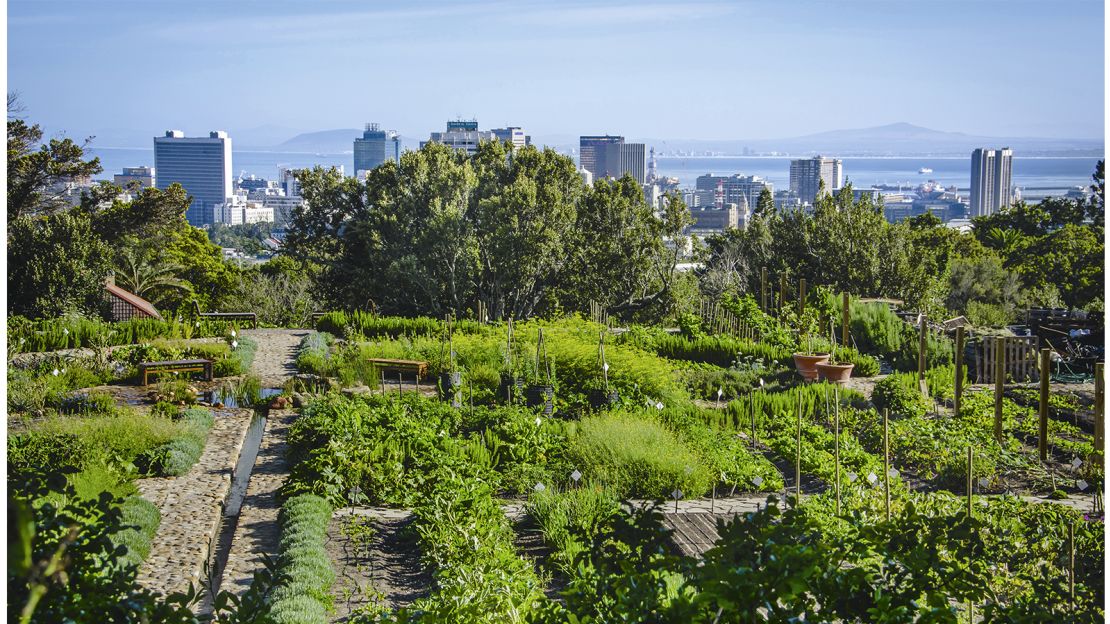The Basic Principles Of City Blooming
The Basic Principles Of City Blooming
Blog Article
5 Simple Techniques For City Blooming
Table of ContentsWhat Does City Blooming Do?Some Ideas on City Blooming You Need To KnowAn Unbiased View of City BloomingThings about City BloomingThe City Blooming Ideas
Interested in expanding food for sale in the City of Chicago? Below is a listing of often asked questions regarding the policies and laws that growers should think about when intending a city agriculture project.
The zoning amendment does not change any type of various other codes handling composting, structure permits, buying or leasing City possessed residential or commercial property, business licenses or ecological contamination. There are existing codes that manage these issues and they remain completely impact and may be relevant to your task. Community gardens are commonly possessed or taken care of by public entities, civic organizations or community-based companies and preserved by volunteers.
Urban farms expand food that is intended to be offered, either on a not-for-profit or for-profit basis. Due to their industrial function, metropolitan ranches require a business certificate.
The Definitive Guide for City Blooming
The amount of garden compost material can not exceed 25 cubic lawns at any type of offered time according to the criteria in 7-28-715 of the City's Municipal Code. Since the soil at the majority of brand-new garden sites needs amending, garden compost, dirt, wood chips, or various other products can be gotten to create or boost the growing space.

If a structure authorization is required after that the hoophouse will be taken into consideration an accessory building. You can discover even more regarding the building license requirements by getting in touch with the Division of Structures. The 25,000-square-foot size limitation is meant to stop a solitary community garden from controling a provided block or interfering with the block's existing domestic or business personality.
The limitation does not apply to yards found in Public Open Room (POS) districts. Can there be even more than one area yard that is 25,000 square feet on a single block? Fence is not needed, however, gardens that have big car park areas may be needed to install fencing or other landscaping features.
Get This Report on City Blooming
B1 & B2 districts call for that all industrial usage tasks be performed inside. Is fence required for urban ranches? Fencings may be needed, along with landscape design and screening, for certain auto parking areas and exterior work or storage space areas depending on place and the details task taking place.
Urban farms need structure permits and zoning authorizations prior to construction (sustainable gardening). Various other kinds of city evaluation may be called for depending on certain structures, activities, dimension, landscaping, licensing, public health and stormwater monitoring problems.
The Department of Organization Affairs and Customer Protection can help establish the certain type of service certificate that's required. Off street car parking is required for most industrial projects in Chicago. The needed number of car park rooms is based on the number of workers working on site and not the square video of the growing room.
The Ultimate Guide To City Blooming

Yes. A metropolitan farm can sell garden compost product created on website, nonetheless, the operation should abide with the guidelines in 7-28-715 of the Chicago Municipal Code. Yes. Aquaponic systems are allowed indoors on city ranches in many zoning districts. A zoning testimonial and structure license is called for in order to set up frameworks or systems and a business license is required as explained above.
Up to five hives or swarms of honey may be maintained as an accessory use. However, beekeepers should sign up with the Illinois Department of Farming. For even more information about the proposed zoning modification you may contact the Department of Real Estate and Economic Development, Bureau of Planning and Zoning at 312.744.8563.
Farming in cities and urban locations An urban farm in Chicago. Urban agriculture refers to numerous methods of cultivating. https://www.ted.com/profiles/47172561, processing, and distributing food in city areas. The term additionally puts on the area activities of pet husbandry, tank farming, beekeeping, and cultivation in a city context. Urban farming is differentiated from peri-urban agriculture, which takes area in backwoods at the edge of suburbs.
The Single Strategy To Use For City Blooming
It can include a movement of natural cultivators, "foodies" and "locavores", who look for to create social networks founded on a shared values of nature and area holism. These discover this networks can develop using official institutional assistance, coming to be integrated into neighborhood town as a "change town" motion for lasting city growth.
In either situation, the a lot more direct access to fresh vegetable, fruit, and meat items that might be understood with city farming can enhance food safety and food security while decreasing food miles, leading to reduced greenhouse gas discharges, consequently adding to climate adjustment mitigation. Several of the first proof of metropolitan agriculture comes from Mesopotamia.
Report this page